Dutch metalworkers’ pension scheme PMT could have reduced the impact of looming pension cuts if its associated employers and unions had not opted for a five-year fixed contribution level, according to the scheme’s supervisory board.
The board of the €77bn industry-wide scheme PMT – one of the largest in the Netherlands – said the 2014 decision to fix contributions had led to payments into the scheme being too low. Contributions sustained a funding level of approximately 80%, the board said.
PMT’s current funding level is 101.7%. This has to improve to at least 104.3% by the end of this year to avoid a reduction of pension rights and benefits in 2020.
According to a spokeswoman for PMT, the cumulative contribution shortfall had effectively reduced the scheme’s funding level by 2.3 percentage points.
Speaking to IPE’s Dutch sister publication Pensioen Pro, Benne van Popta, PMT’s employer chairman, acknowledged that it would have been better to have taken stock midway through the five-year period.
He highlighted that PMT’s liabilities had significantly increased since 2014 due to falling interest rates as a consequence of the ECB’s quantitative easing programme. Liabilities had also been affected by the reduction of the Dutch discount rate, as well as macro-economic conditions.
“In hindsight, we can establish that making arrangements for a five-year period is too complicated in a fast changing world,” Van Popta said.
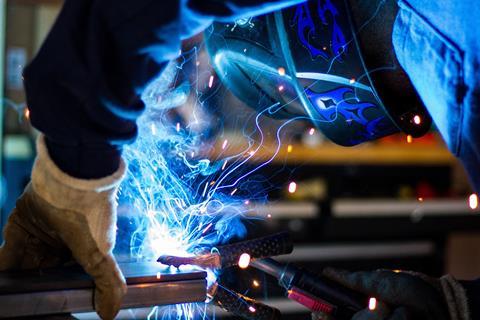
In its annual report, PMT’s board said that, if coverage ratio exceeded 100%, rights cuts would be “against all sense of justice”.
It attributed the looming cuts to “crushing regulation, which piled prudence onto prudence, combined with requirements for high financial buffers and risk-free interest rates”.
“This raises the incorrect impression that pension funds would barely be able to achieve returns on investments for the coming decades,” it argued.
The scheme’s board, nevertheless, said it appreciated that it had not attempted to reassess contribution arrangements “as they had led to stability in the sector”. In its opinion, the board had balanced the various interests at stake.
PMT’s chairman said contributions would have to rise from 22.2% to 29% in order to be sufficient. He suggested that the pain could be eased by reducing annual pensions accrual.
Investment returns
Last year, the metal scheme’s investment portfolio returned 0.2%, underperforming its long-term target by 3.9%.
Its 51% matching portfolio of fixed income holdings gained 3% on the back of falling interest rates, but PMT’s return portfolio lost 2.7%.
Equity allocations delivered an overall loss of 3.8%, with a 15% gain on private equity – which was in stark contrast to a 13.5% loss from emerging markets equity.
The pension fund added that it had incurred a 4.6% loss on high-yield bonds, but real estate had generated 2.4%.
The metalworkers’ scheme reported administration costs per participant of €75. Asset management and transaction costs were 43bps and 7bps, respectively, it said.
PMT attributed 58% of asset management costs to management fees for its €3.9bn private equity allocation.
The pension fund has more than 1.4m participants, 408,000 of whom are employed by affiliated companies and 155,000 of whom are pensioners.







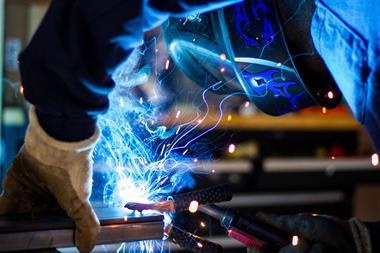
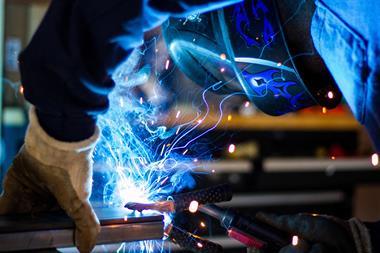

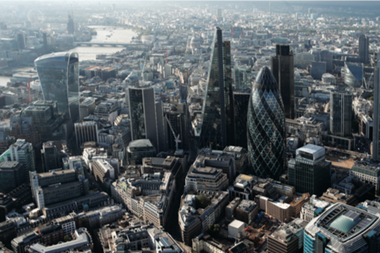
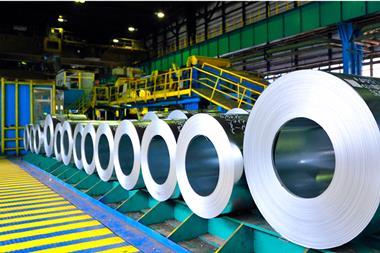
No comments yet